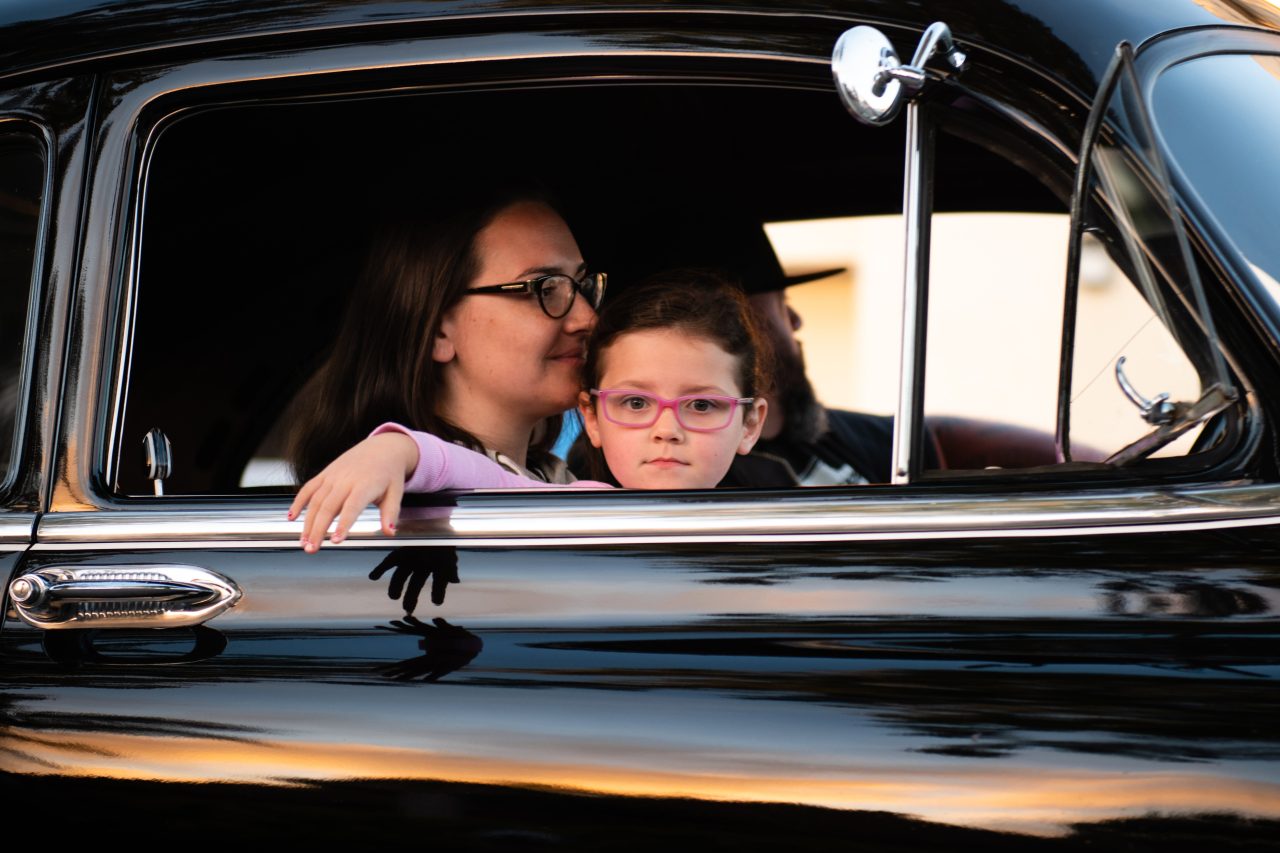Embarking on a journey with your little one nestled in the backseat can be an adventure filled with both joy and trepidation. As you traverse the bustling streets and serene highways, the safety of your precious cargo is paramount. In the United Kingdom, where the hustle of life never ceases, ensuring that your baby’s car seat fortress is impenetrable becomes a sacred duty for every parent.
This article will guide you through the labyrinth of car safety for babies, offering peace of mind as you navigate the road ahead.
The Foundation of Baby Car Safety: UK Laws and Regulations
In the UK, the law is clear and uncompromising when it comes to the safety of children in vehicles. From the moment they are born until they reach 12 years old or a stature of 135 cm, whichever milestone arrives first, children must be secured in a child car seat.
It’s a rite of passage that evolves with them; once they outgrow these seats, the humble seat belt takes the baton. But the journey doesn’t end there; it’s crucial to ensure that the car seat chosen aligns with the child’s height or weight, a decision that can significantly impact their well-being.
The Optimal Position: Where to Place Your Baby’s Car Seat
The rear middle seat of your vehicle is heralded as the safest spot for your baby’s car seat, a throne of security amidst the potential chaos of the road. However, practicality can sometimes challenge this ideal, as not all cars are equipped with the necessary fittings in this location.
It’s a dance between safety and feasibility, one that requires careful consideration and adaptation to the unique contours of your vehicle.
Rear-Facing Seats: A Rearguard for Your Child’s Safety
The rear-facing car seat is a bastion of protection, cradling your child in the safest possible manner during their earliest voyages. These seats are designed to cocoon infants, shielding their delicate heads, necks, and spines from the jarring forces of sudden stops or collisions.
The recommendation is unequivocal: keep your child in a rear-facing seat for as long as they fit, a practice that can reduce the risk of injury or death by a staggering 90% compared to being unrestrained.
Preparing for the Unexpected
No matter how short the journey, the unexpected can happen. That’s why it’s crucial to always secure your child in a car seat, even for a trip around the corner. In the event of an accident, a car seat can be the difference between life and death.
And while no one likes to think about financial emergencies, having a plan in place, such as knowing where to find a CreditNinja payday loan, can provide peace of mind during stressful times.
The Role of i-Size Seats in Child Safety
i-Size seats represent the latest in car seat technology, adhering to the European regulation R129. These seats are designed to keep children rear-facing for longer, offer improved side impact protection, and simplify the fitting process. If you opt for an i-Size seat, your child will benefit from the highest safety standards currently available, remaining rear-facing until at least 15 months old.
When Exceptions Apply
While the rules are stringent, there are a few exceptions to the car seat requirement. However, these are rare and typically apply to short, unexpected journeys or when traveling in a vehicle not equipped with seat belts. Always aim to adhere to the standard regulations to ensure your child’s safety.
Conclusion
Navigating the road of car safety for babies is a multifaceted endeavor that extends beyond mere compliance with regulations. It’s about creating a cocoon of safety, fostering an environment of mindfulness, and embracing the innovations that enhance our children’s protection. As you buckle up and embark on life’s journeys, big and small, let the knowledge you’ve gained be your guide, and let the love for your little one steer you safely home.









No Comments